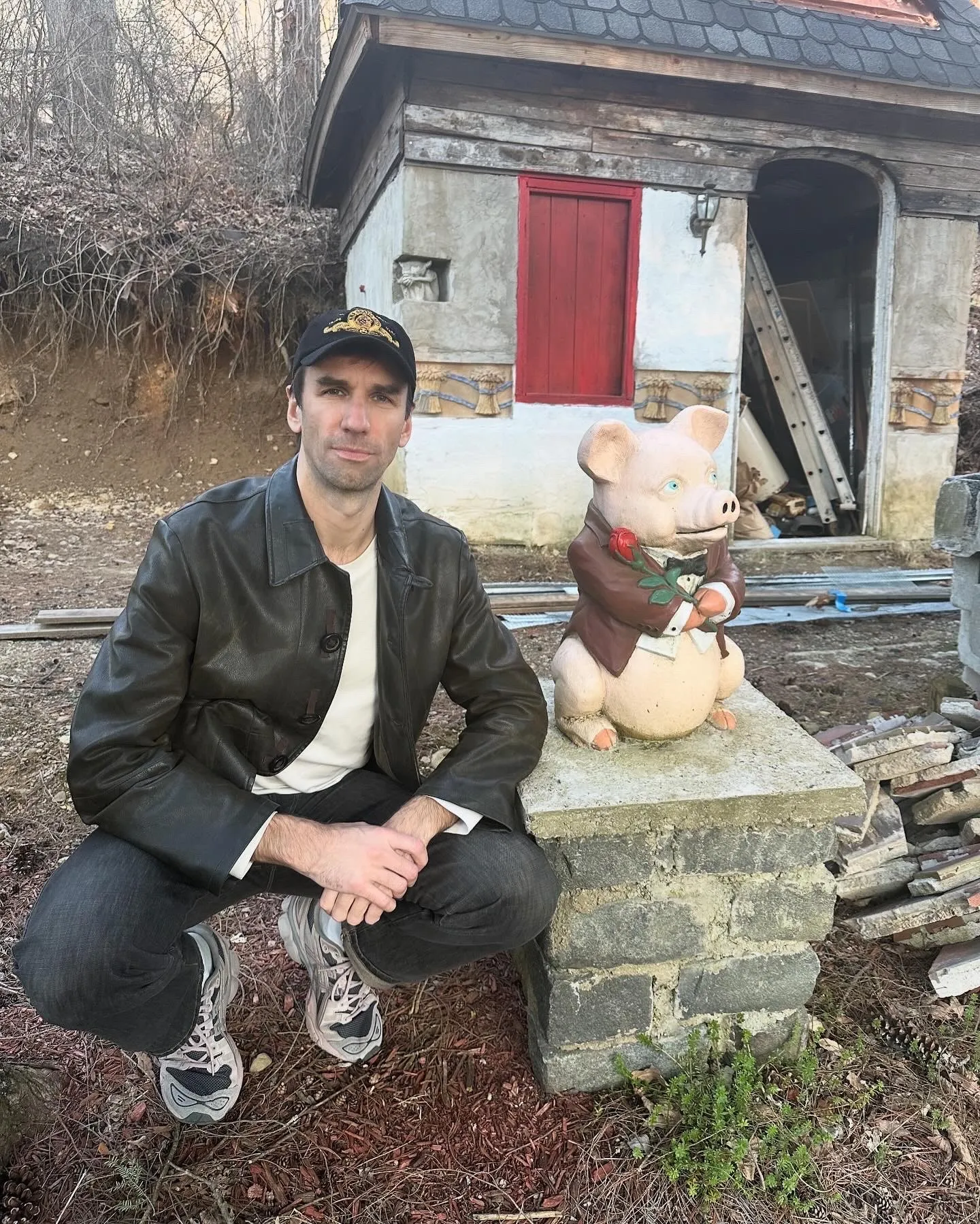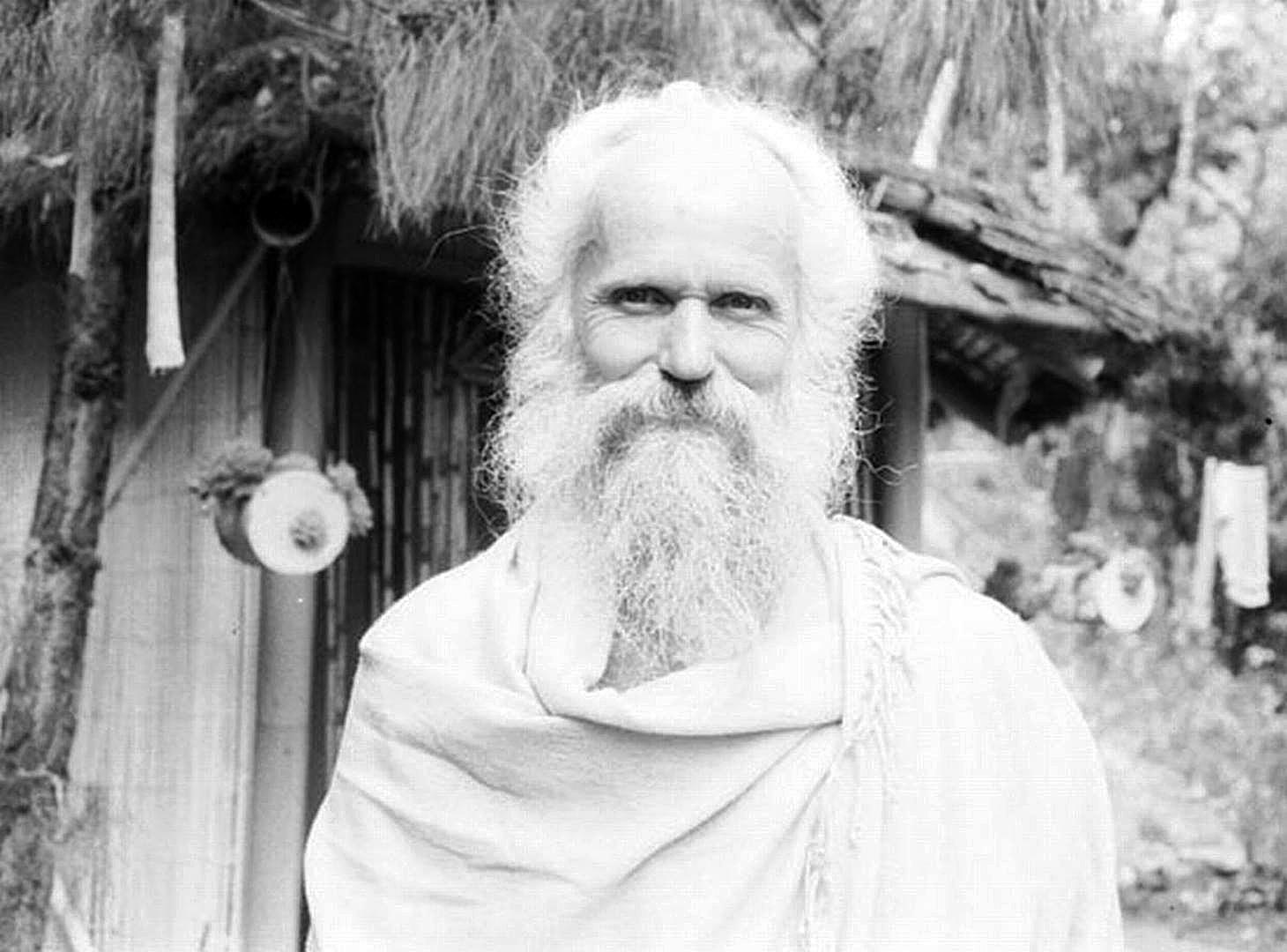Swiss artist brings Indian rug-making tradition to world stage

A near-extinct carpet-making technique is receiving global exposure thanks to collaboration between a Swiss artist and Indian artisans.
Instead of fulfilment, an opportunity for Karim Noureldin to be a part of a unique artistic project only brought frustration. He was among ten artists invited to create designs that would each be transformed into carpet artworks in China. It was a unique chance for the Swiss-Egyptian artist, who was already a fan of textiles due to the many parallels with his geometric designs realised with colour pencils on paper.

“I wasn’t happy with the result. So much so, that I bought the carpet I had designed,” he told swissinfo.ch.
The frustration with the outcome is what drove Noureldin on a quest to find a partner that would produce the perfect carpet for his abstract work. Online research and well-connected contacts led to him to India. Three years ago, he found a workshop near Delhi that could produce “dhurrie” rugs to his liking. But Noureldin wanted more.
“I was more interested in the Panza weave rug which is becoming rare these days as it takes ten times longer to make and the knowledge has almost been lost. The weave is so tight that in hot climate it feels cool to the feet,” he says.
After almost two more years of searching, Noureldin found a place in India where his Panza rug dream could be made into reality. A small village about 40 minutes’ drive from the touristy city of Jaipur in western India offered salvation.

“Everything is 100% handmade from the dye to the packaging. Between 60 to 80 weavers work for us and comprise farmers and their families,” says Devendra Singh Rathore, who sends them work on behalf of clients.
Unlike most rugs, Panza rugs are made entirely on the floor and not a loom. This means that they can be much larger (up to 20m by 5m). The name Panza means hand and refers to the hand-like tool used by weavers. Several members of a family work on a rug simultaneously. Due to the labour intensive nature of the Panza weave, it can take two to three weeks to make a rug that normally takes two or three days to make on the loom. According to Rathore, this makes profit margins around 20% lower than conventional rugs at market rates. Another reason why this type of rug is scarce.

Promising partnership
Noureldin and the weavers have been mutually affected by their respective crafts.
“I give the weavers a certain amount of freedom to interpret my sketches. As a result, my work is also their work on some level,” he says.
According to Rathore, the weavers appreciate working on Noureldin’s bright colours and modern designs that are quite different from the commercial orders they usually handle.

“They feel proud that they were chosen by an international artist,” he says.
The partnership was also appreciated by art connoisseurs. Two rugs (including a Panza weave one) commissioned by Noureldin were selected by the Julius Baer bank for exhibition at the Art Dubai fairExternal link this March.
So far, Nourledin has commissioned three Panza rugs. Another buyer in the US is the only other person ordering them. Ten years ago, Indian rugmakers were recovering from a steep decline in business due competition from machine-made rugs in China. Many responded by using cheaper cotton to cut prices.
Today, orders are not a problem. It is more a question of the preserving the Panza-making skills and tradition rather than staying in business as the bulk of the orders are for conventional rugs with thicker weaves. Nourledin tries to ensure his commissions are financially attractive to keep the craft alive.

“I didn’t want a colonial style relationship via getting things done for me in poorer countries. Indians are equal partners and I do not use their relatively lower manufacturing costs to make big profits for me,” says Noureldin.
According to Rathore, between 30 to 40% of the price paid by Noureldin goes to the weavers themselves. Some of the money from the partnership has been used to buy a water purifying system for the local school and sweaters for schoolchildren. But Panza will always remain a niche product.
“We don’t want to produce a lot of Panza rugs as it would become common and lose its exclusivity. We also do not have the capacity to manufacture more than we are doing now,” says Rathore.

In compliance with the JTI standards
More: SWI swissinfo.ch certified by the Journalism Trust Initiative













You can find an overview of ongoing debates with our journalists here . Please join us!
If you want to start a conversation about a topic raised in this article or want to report factual errors, email us at english@swissinfo.ch.